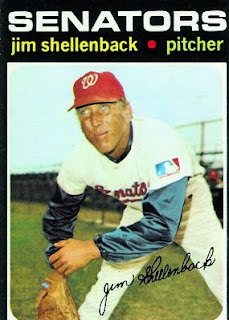Darrell Miller, Doing His Job - 324

The latest batch of graduates had just signed letters of intent in November 2008 to play college baseball and Darrell Miller was satisfied. The youths were graduates of Major League Baseball's Urban Youth Academy in Compton, headed by the former Angel Miller. "What we've said all along is that they won't all make the big leagues," Miller told MLB.com in November 2008 article, "but we can get them to focus on school. If we can get 60 percent of the kids to pass along to a university or junior college, we're doing our job." Miller is now known as former Angel and current urban youth academy's director . He's been known by other names in the past, including two referencing more famous siblings. Miller was drafted by the Angels in the ninth round of the 1979 draft, spending five full seasons in the minors before finally getting called up to California. Miller primarily played catcher and outfield during his time in the majors. He h...













